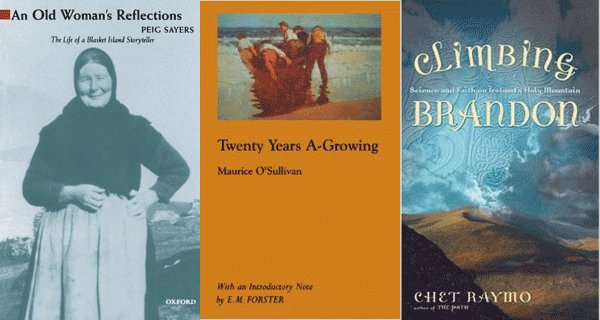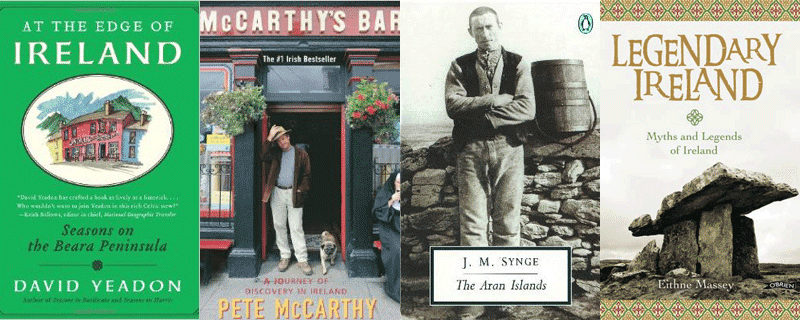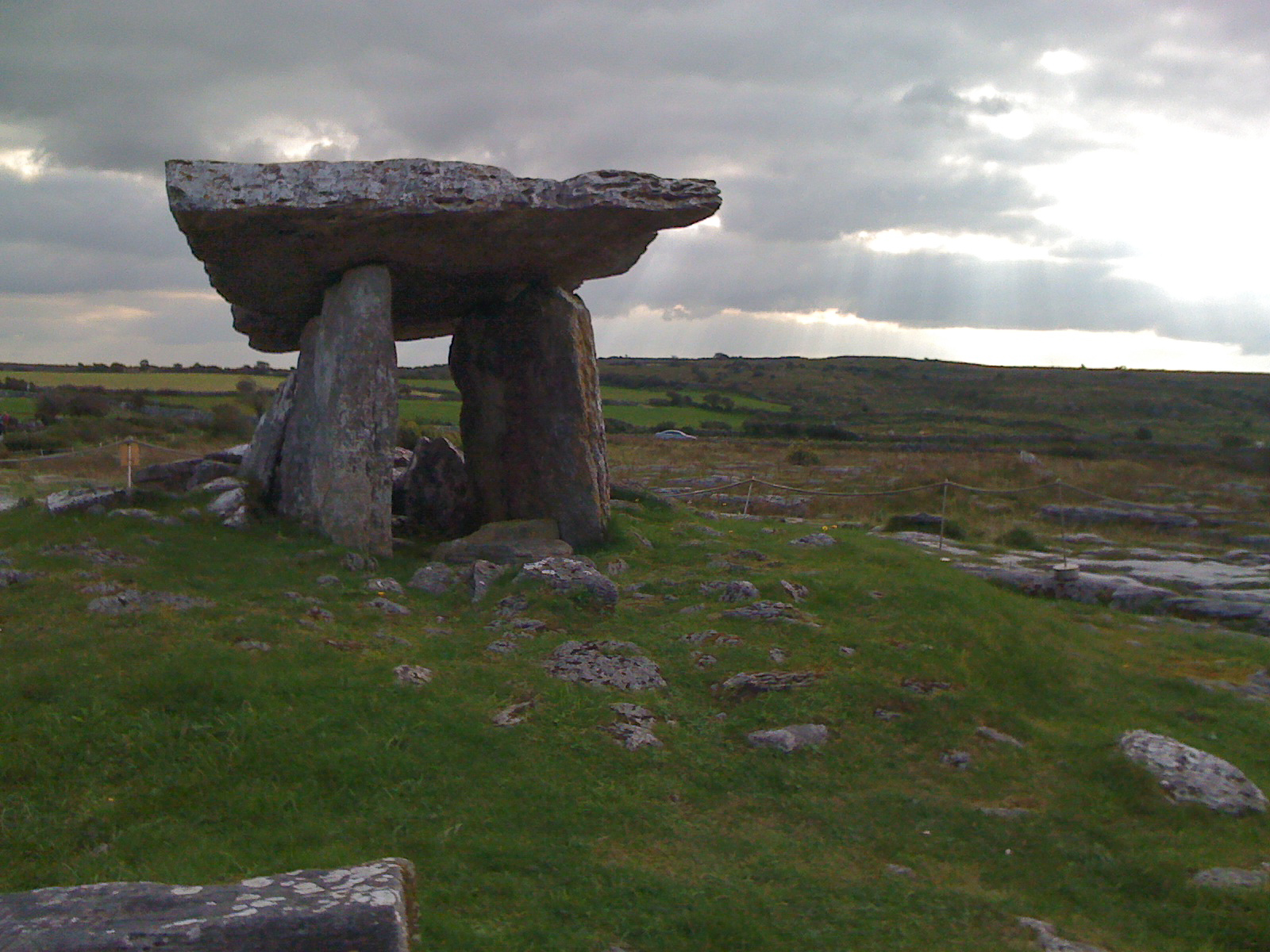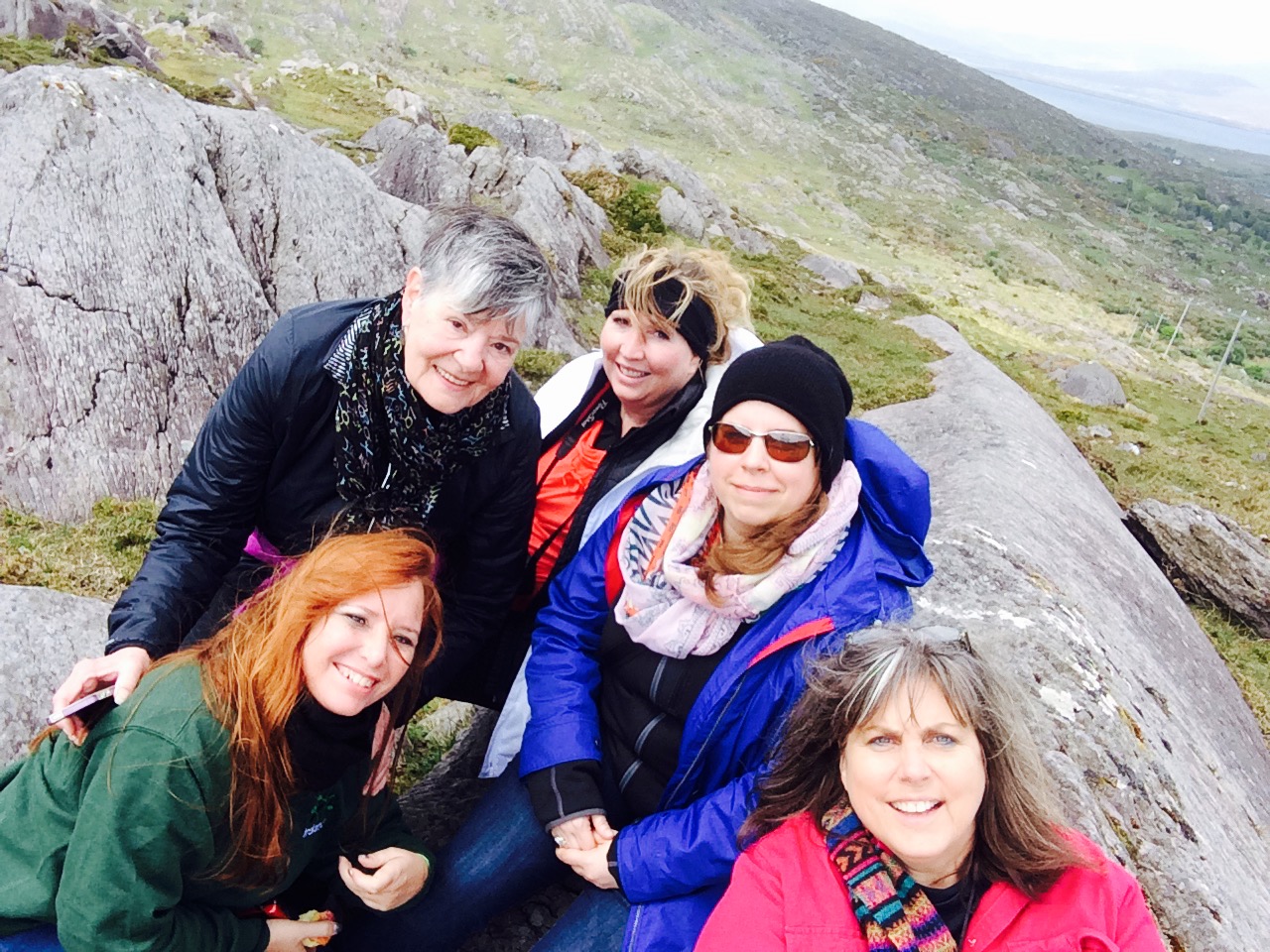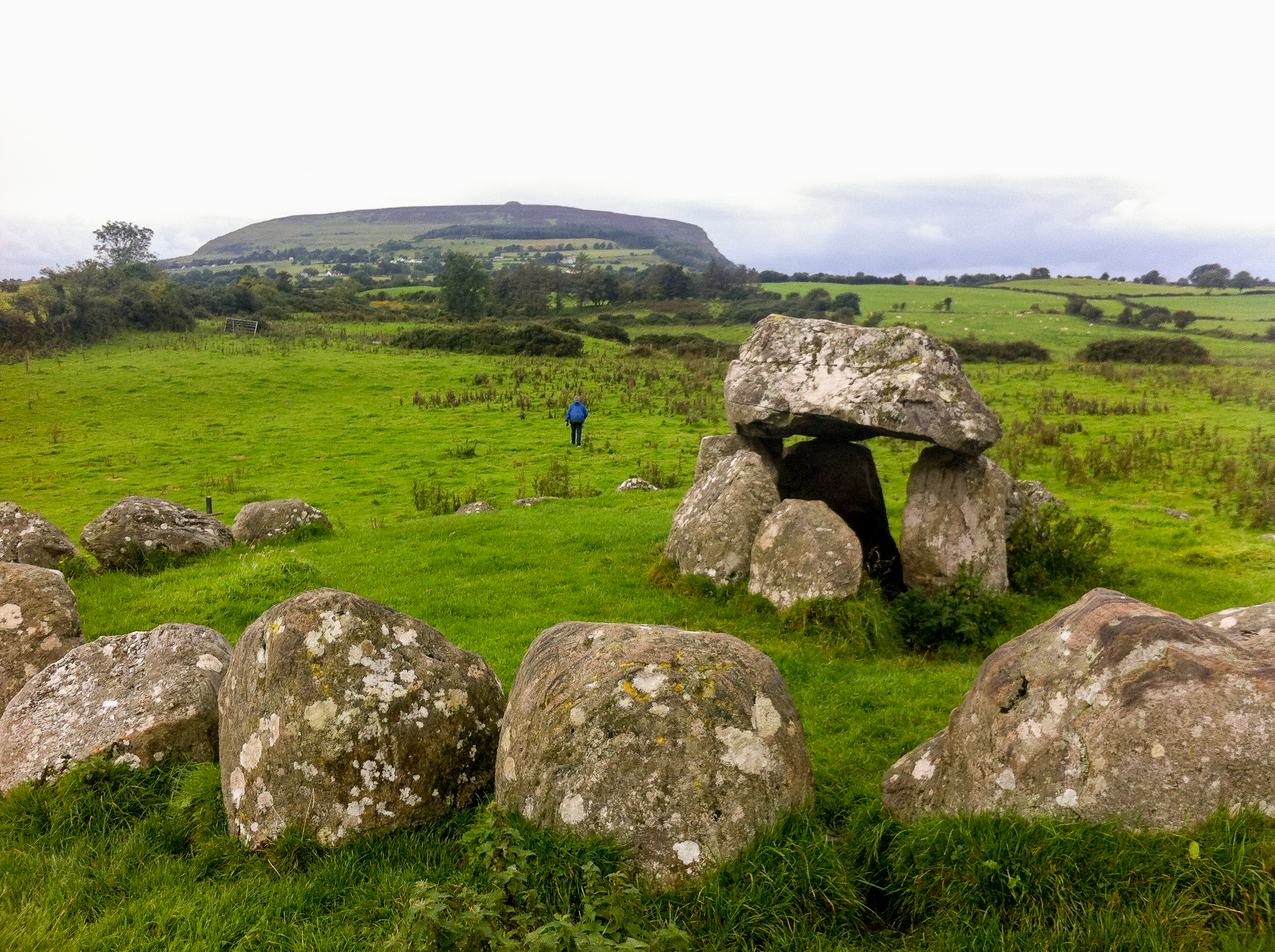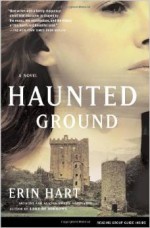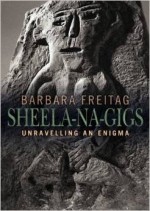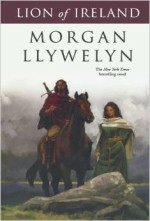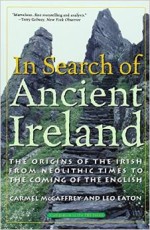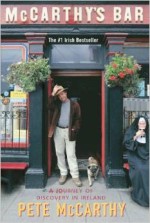Fairy Tree at Grange Stone Circle
Fairy Tree at Grange Splits Stone
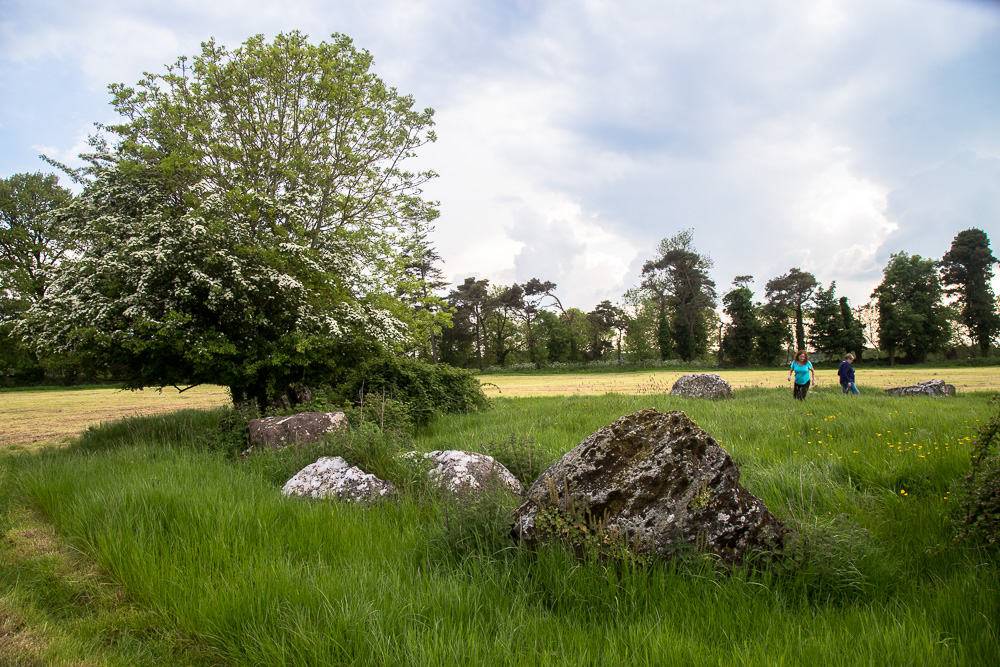
The fairy tree that split the rock at Grange Stone Circle II.
There is a fairy tree near the Grange Stone Circle has split on of the stone in two. The Grange stone circle in County Limerick is the largest in Ireland with 113 upright stones 150 feet in diameter. Many people don’t know that there is a smaller circle in the field next to the big one. And in that circle, the largest stone has a hawthorn tree growing out of it. The tree has split the stone in two and managed to thrive quite well.
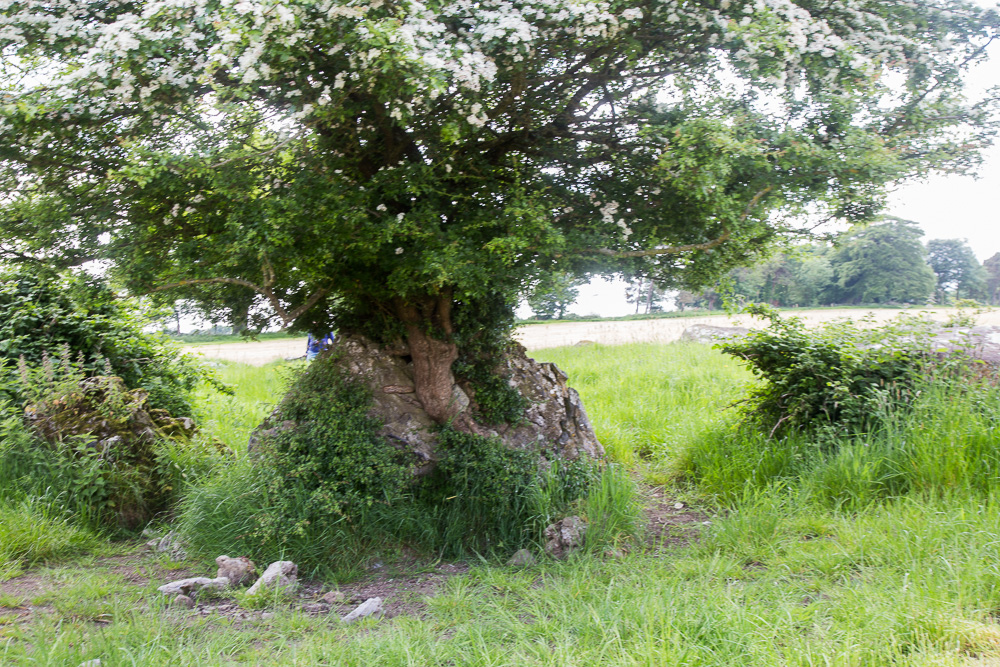
Further out in the same field is a tall standing stone and the farmer says that there’s another standing stone behind that one several hundred meters, though it is not visible to the naked eye.
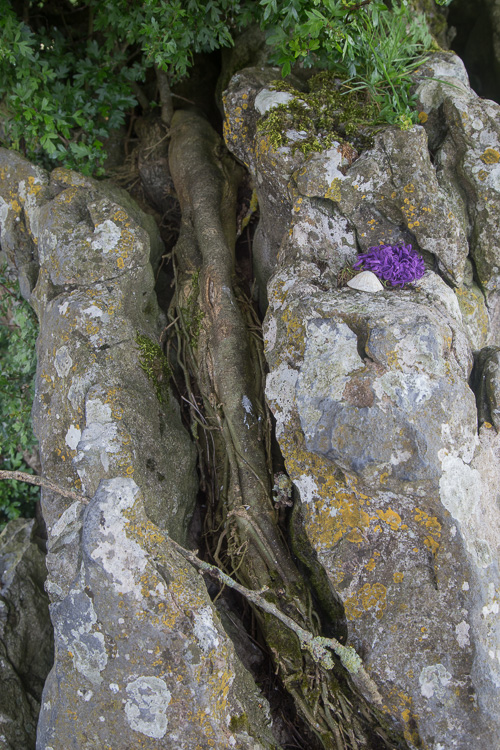
The tree growing out of the rock is said to be a fairy tree or a mystical tree associated with elemental beings (non-human spirits) of another realm or world…. kind of a parallel universe. There are many traditional folk tales about the fairies and how they don’t like being disturbed… and if disturbed will bring bad luck. Most Irish people will dismiss these tales as pure superstition, but at the same time, they won’t disturb them. There is a respect for the mystical.
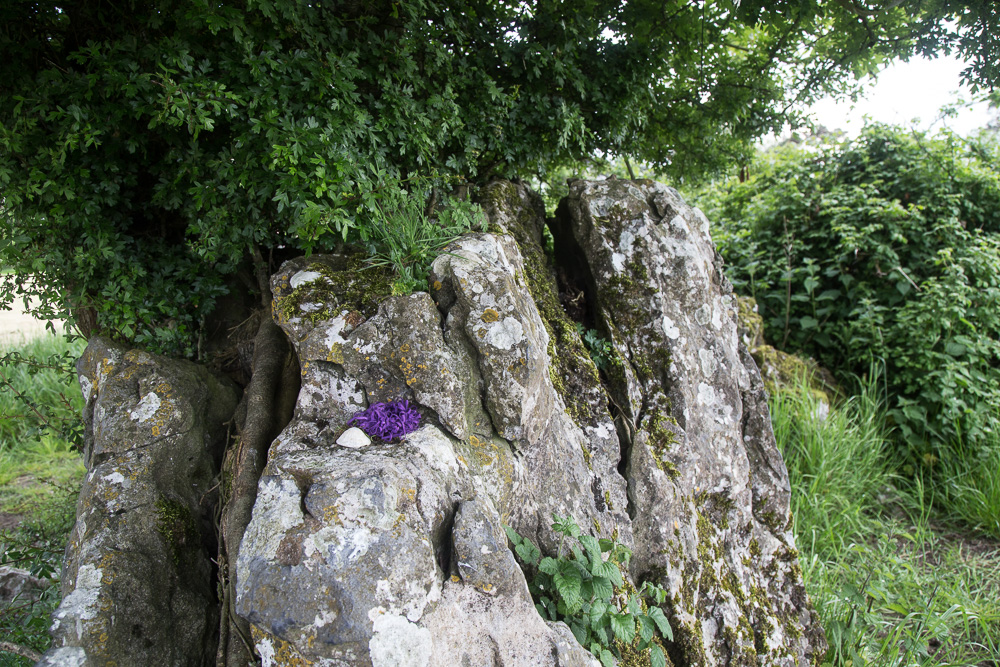
People still come to this tree and circle and leave tokens of devotion. You can see the purple ribbon and sea shell on the stone in the photo above. The entire region around the Grange and Lough Gur has an amazingly high energy vibration. I’ve taken groups there who have lost all sense of time in that place.
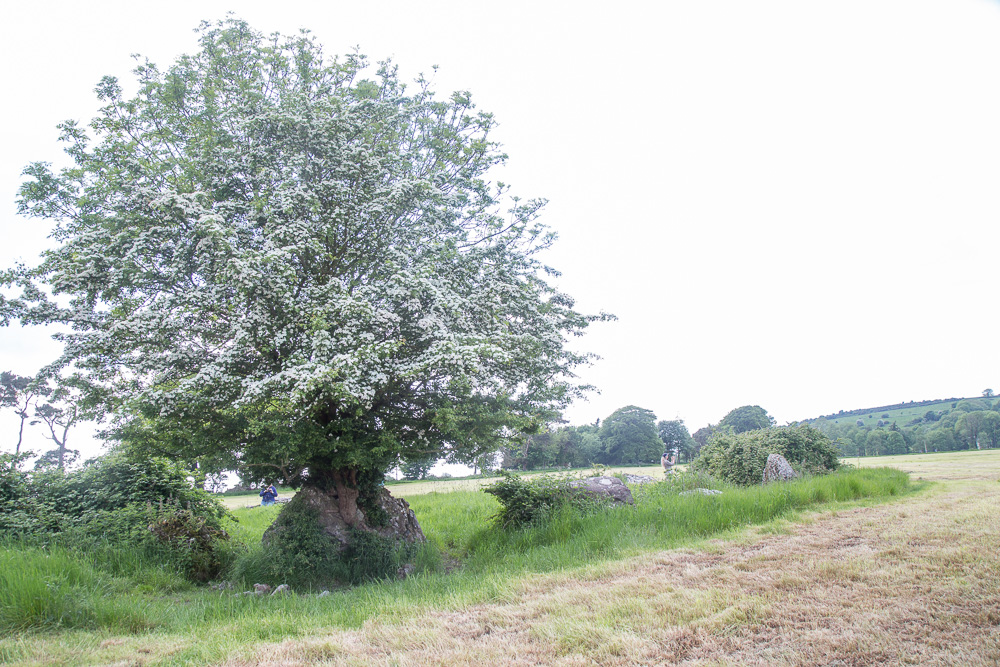
Fairy tree growing out of a rock – Grange Stone Circle II (smaller circle)
The Fairy Tree near the Grange Stone Circle and the surrounding sites are featured on the Places of Resurrection tour, Images in the Landscape Tour and Western Edges Tour.
Walking Meditation at the Hill of Uisneach
The Hill of Uisneach – a Thin Place

Guests at the Catstone on the Hill of Uisneach
The Hill of Uisneach is a thin place – one of those many luminal places in Ireland where the two worlds – physical and eternal – are fused together. It is an ideal site for being spiritually enriched by doing a walking meditation.
Few would realize as they drive along R 390 between Mullingar and Athlone, that they are passing through one of the most mystical places in all of Ireland – the mythological center of Ireland from where an ancient boulder marks the spot where all of the five provinces originate and come together… and beneath that boulder lies the goddess, Ériu, daughter of Ernmas of the Tuatha Dé Danann, earth mother of Ireland – and from whom Ireland takes its name – Eire or Erin.
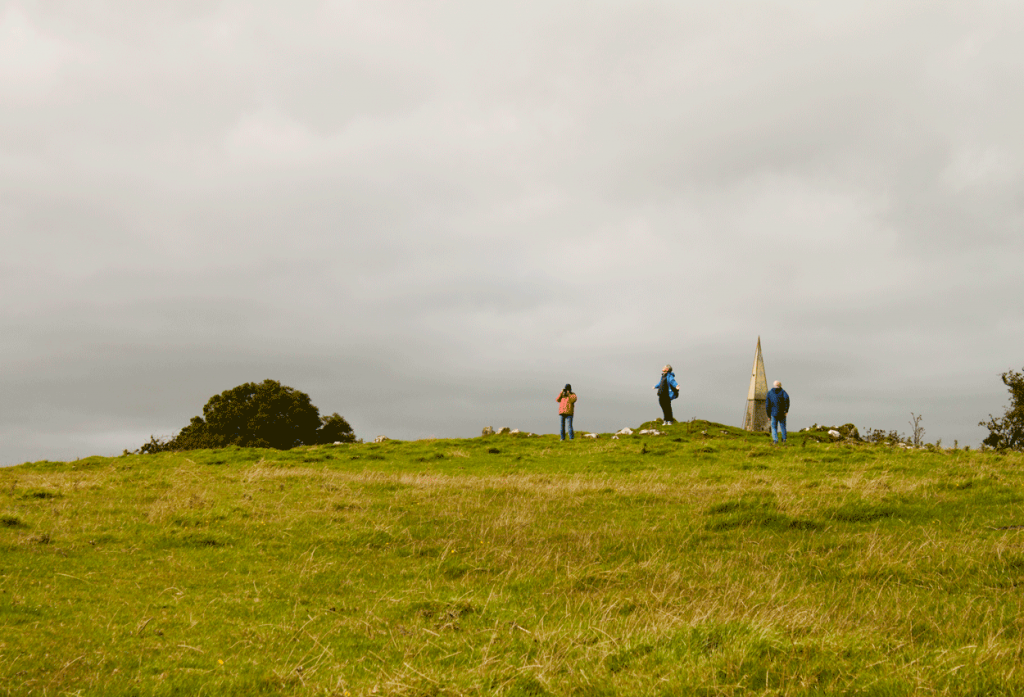
St. Patrick’s Bed on the Hill of Uisneach
From the pinnacle of the Hill of Uisneach, they say a person can see 20 counties. The Irish are always full of superlatives when they describe their archaeological treasures, but I will admit, the views are from that pinnacle – also known as St. Patrick’s Bed – are some of the most stunning I’ve seen in all my travels. The light seems to be different at Uisneach. The energy is riveting on this hill and its surrounds. And moving across this curvy greenscape of Uisneach dotted with stones, brush and lone hawthorn trees, one can see that it is a ripe setting for walking meditation.
Walking Meditation, the Process

Walking on the Hill of Uisneach
I learned about the process of Walking Mediation from my friend – and Brittany expert, Wendy Mewes. She does walking meditations with group tours that come to Brittany. The process that Wendy described is done completely in silence – even in a group. No one talks for the duration of the walk – perhaps 20 minutes.
As the walk begins, one focuses on the act of walking, moving through the landscape, being mindful of the body and the process of walking. Then one becomes mindful of the surrounding life force, noticing it in all living things around…sensing the force.. noticing that every living thing is charged with that divine presence, the presence of the creator – the great spirit – the source of all life and energy.
The third step of the walking meditation is to connect the two – your own life force with that of what surrounds you. What do the trees, the grass, the sky, the stones tell you? What do you hear from them? What do you learn from them? What are you sensing?
Sometimes, when the walking meditation is over, those on the walk discuss the experience and share what they learned, felt, were moved by, etc.
One can become totally consumed in mediation on Uisneach. The energy is overwhelming, and one can lose a sense of time and placement in the physical world. It’s no wonder that the ancients chose this spot for communal, spiritual practices. The Hill and its stories are tied to a tradition of spiritual power, rituals, traditions and mystical occurrences. It is one of Ireland’s most sacred sites.
Uisneach – site of the Bealtaine Fires

The Pinnacle – St. Patrick’s Bed – the Hill of Uisneach – The Bealtaine fires were lit near this site
Uisneach is said to be the spiritual and mythological center of Ireland – the Axis Mundi – Ireland’s naval – the joining point where all of the provinces come together in the center of the country, as well as the joining point between two worlds – the mystical and the physical. Archeological excavations show that Uisneach was likely a fire ritual site – a large one – a place where many people came together and celebrated the feast of Bealtaine.
The Catstone and Enchanted Lake

At the Catstone on the Hill of Uisneach
On the slope of the hill is Uisneach’s most famous landmark. The Aill na Mireann – meaning the stone of divisions, also known as the Catstone (so named because it resembles a crouching cat). This 30-ton limestone boulder that stands 16 feet high sits solitary on the lonely hillside. It was believed to not only mark the intersection of all five of Ireland’s provinces, it’s also said to mark the grave of Ériu, the mother goddess of Ireland, the one whom Ireland – Eire – is named for.
Uisneach was also said to be the site of one of the five great trees of Ireland – The Uisneach Ash – planted by Fintan the Seer who is said to have divided Ireland into its provinces with the stone at the dividing point – calling for there to be knowledge in the west, battle in the north, prosperity in the east and music in the south with royalty in the center. The Stone of Divisions. Since the stone touches every province, it also shares each province’s virtues. Thus we have the concept of all provinces meeting at Uisneach, and it being the mystical and mythological center of Ireland.
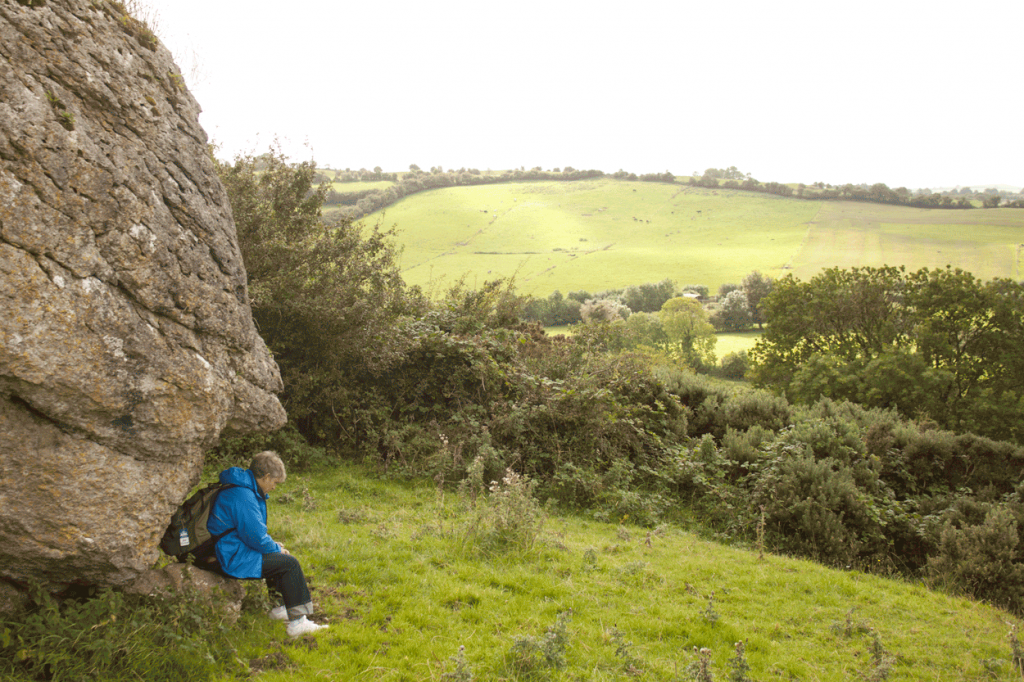
Sitting on the Catstone at the Hill of Uisneach
There have been people tracking ley lines throughout Ireland who see a common pattern with many lines leading to Uisneach. High Kings were once crowned at Uisneach before the Hill of Tara became the royal center for the country. So the legendary mystical character of the site goes back thousands of years.
There is a small (some believe enchanted) lake on the hill dedicated to Lugh, a member of the Tuatha Dé Dannan also known as the sun or harvest god. Legend states that Lugh battled with his brother on this hill and was drowned in the lake and buried under a nearby mound. Some believe the lake is enchanted.

Lugh’s Lake on the Hill of Uisneach
Not too far from Lugh’s Lake is the foundation of the old palace that sat atop the hill. Located in one on those grounds is another stone – nicknamed “the money stone.” It’s short and appears to have petrified wood drilled into it. The stone has amazing energy, and if you place your hand a few inches away from it, you can sometimes feel the energy coming off of it in the form of heat or a vibration. Using dowsing rods on the hill, we found the magnetic pull coming – not from the Catstone, but from the money stone. I’ve not been able to trace the origin of the name of that stone but can encourage people to seek it out.

Under the Fairy Tree – Hill of Uisneach – Images in the Landscape Tour 2015
Considering the ancient fire rituals, royal traditions, legends of the goddess, the Capstone, Money stone and enchanted lake, Uisneach is truly a mythological mecca for those who seek out thin places. A walking meditation here, is powerful food for the spirit.
White Park Bay on the Antrim Coast – Where the Sand Sings
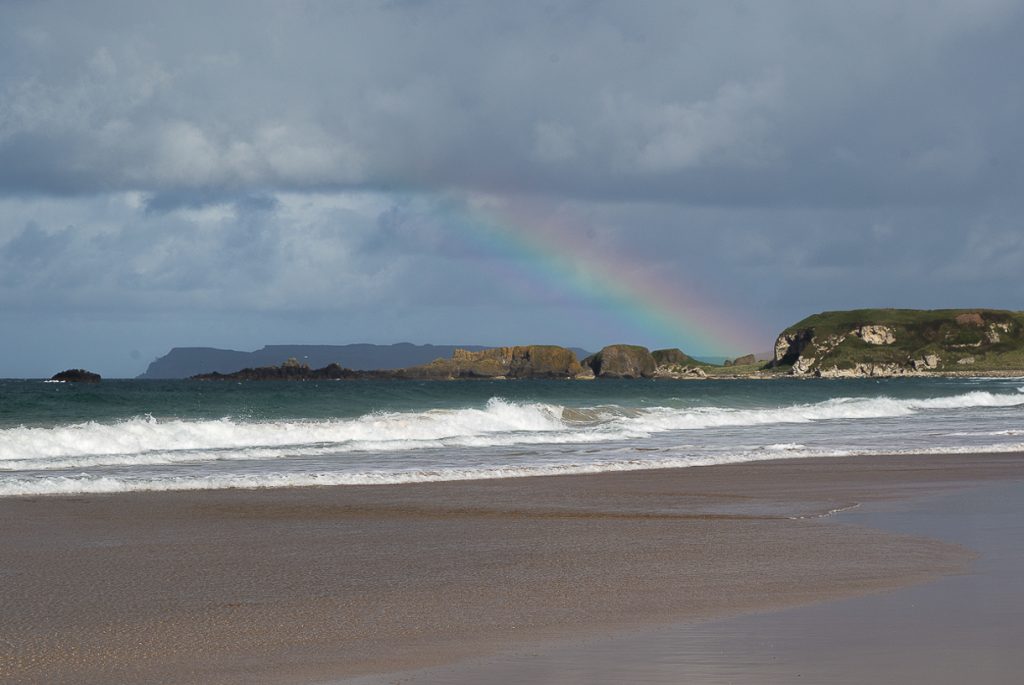
Whitepark Bay – County Antrim.
White Park Bay sits on the Antrim Coast between Ballintoy and the Giant’s Causeway. It’s a two-mile long, crescent shaped beach with a series of dunes that run up to a chalk cliff border. The landscape is an ancient one, and many believe that it was here that the first settlers entered Ireland. Artifacts found in the region date back to 8000, B.C.
Archaeologists believe that White Park Bay was a manufacturing hub for axes and arrow heads due to the availability of flint nodules in the cliff-face. The dunes just below the cliffs have been declared an Area of Scientific Interest due to the abundance of the fossils found in them and around them. The dunes are brush covered but in the brush are rare plants, grasses and a variety of orchids.
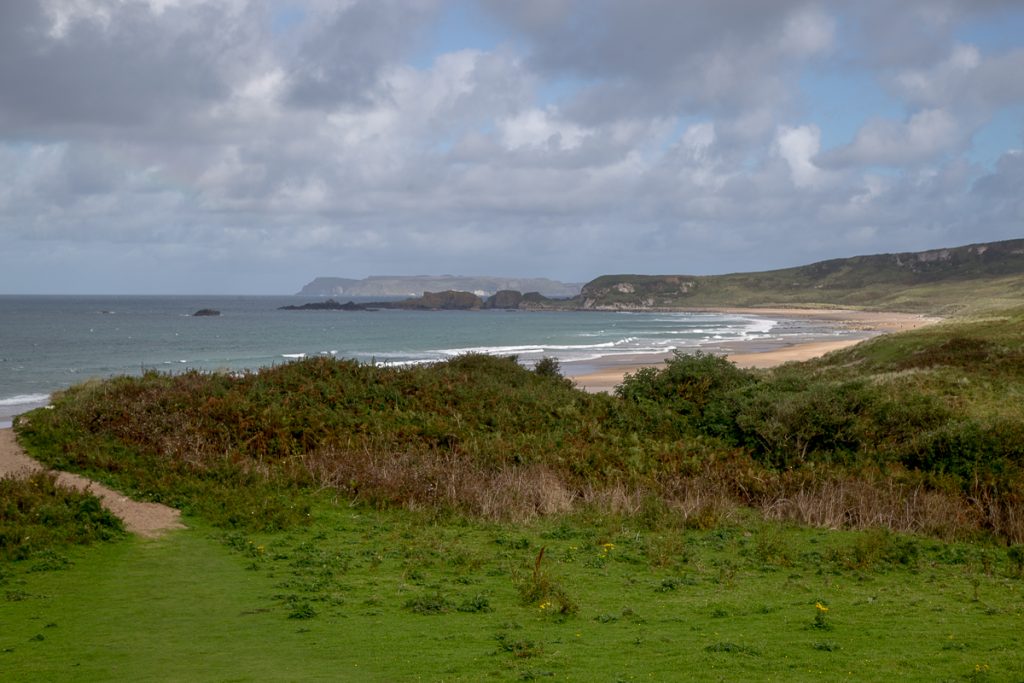
Whitepark Bay beach
The views are stunning, and if you’re lucky enough to get there on a clear day, it’s possible to see the coast of Scotland across the Irish Sea.
An Ancient Sacred Landscape
Buried under the brush in the cliff-face is an old passage tomb probably dating back to 3000 B.C. If you walk to the center of the crescent and stand with your back to the water’s edge looking back to the cliffs, you can there are 3 more passage tombs in the landscape. They are on higher ground across the road rising above the chalk cliffs. All these tombs face the sea. It makes one wonder if this area isn’t part of larger sacred landscape.
Sacred landscapes are charged with earth energies. White Park Bay has a rare energy and elements of enchantment. A man-made stairway makes getting down the cliff-face from the car park easy. The stairs empty onto a path that winds past the ruins of an old school and out to the wide beach.
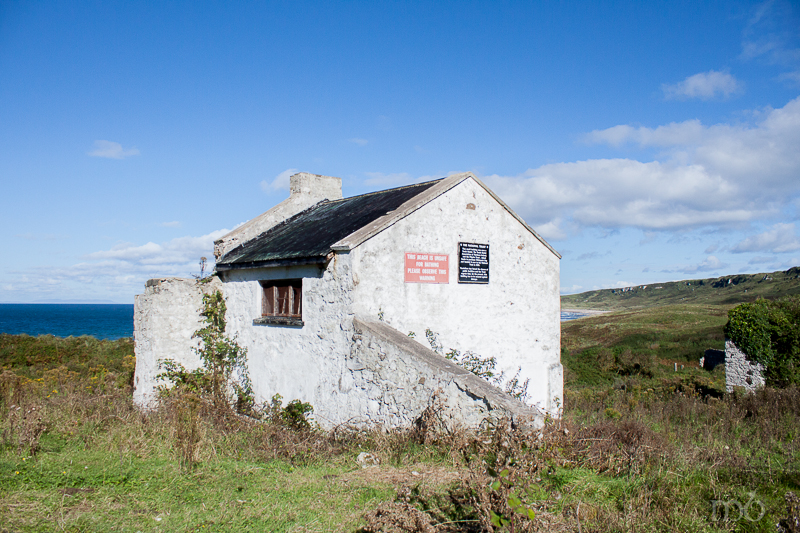
Old School – Whitepark Bay
The Singing Sand
Footsteps on the sand create a kind of “singing” or humming sound. This singing sand phenomenon that occurs on some beaches in the UK and in only 30 places around the world. Sometimes it’s a squashing sound that is made as a result of feet hitting the sand as a person walks across. More pronounced “singing” occurs as a vibration – a sort of humming that washes across the entire landscape.
The day I visited White Park Bay, I specifically listened for the singing and didn’t hear it. Finally I picked up on the squashing sound when I walked across the sand, but that was near the dunes where the sand was more loose and dry. But when we came out into the open – out in front of the dunes, I heard it faintly at first … the buzzing sound … a hum. Then it faded. But it was a remarkable thing to hear.
This video on www.BoreMe.com demonstrates both kinds of singing sand and offers some explanations about why this phenomenon occurs.
Faces in the Stones
The stones on the beach at White Park Bay are either smooth like river rock or sharply cut like fossils. The stone colors are mostly white accented by shades of grey, but they’re incredibly bright. I’ve seen faces and shapes in random stones before, but it’s usually one or two after I’ve combed through stones for about an hour. And White Park Bay they seemed to pop out of the landscape everywhere. I found myself seeing faces on every other stone. This is a psychological phenomenon – seeing faces or shapes in meaningless randomness. Carl Sagan suggested that humans are hard-wired to look for the human face. Psychics and Spiritualists will say this is part of being Clairvoyant – that the shapes or face images are derived from both the brain and a universal source.
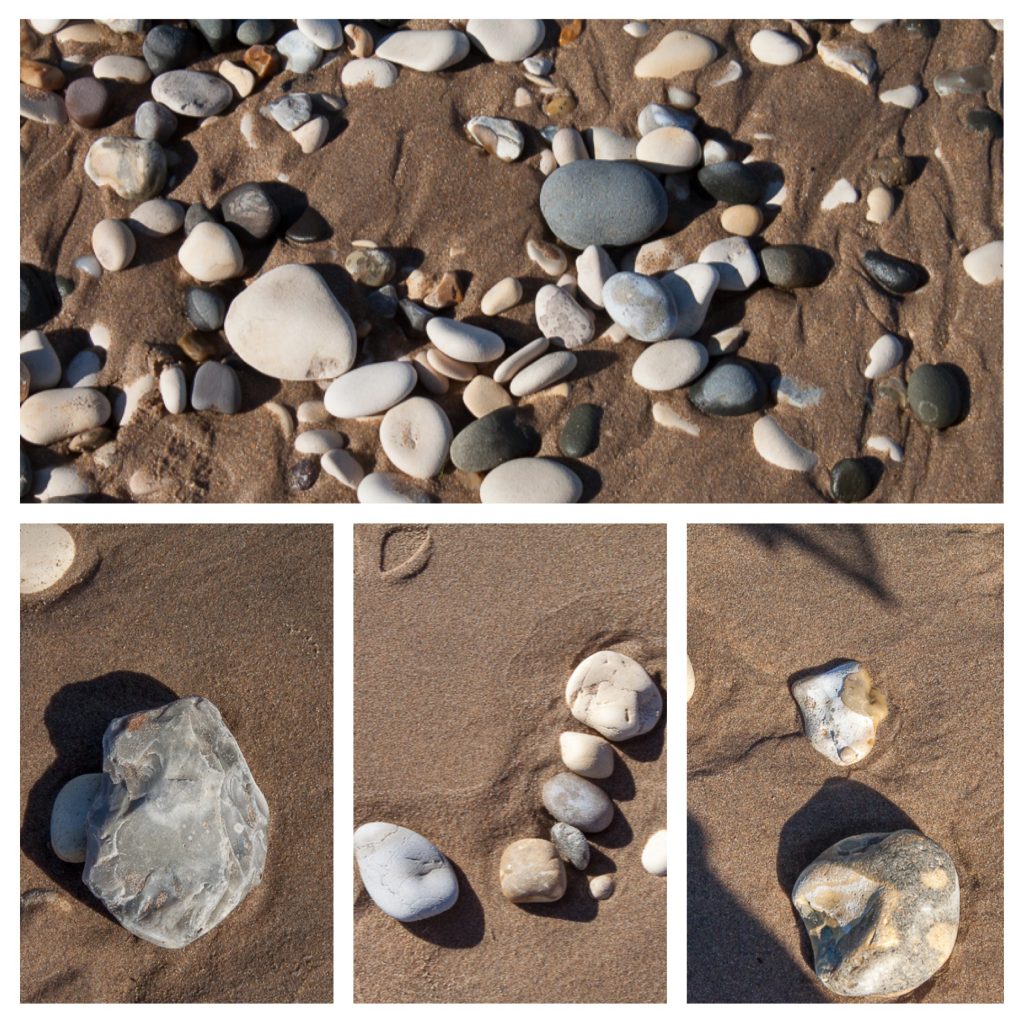
Whatever it is – a psychological phenomenon or a psychic capability, it seems to happen in exponential proportions at White Park Bay.
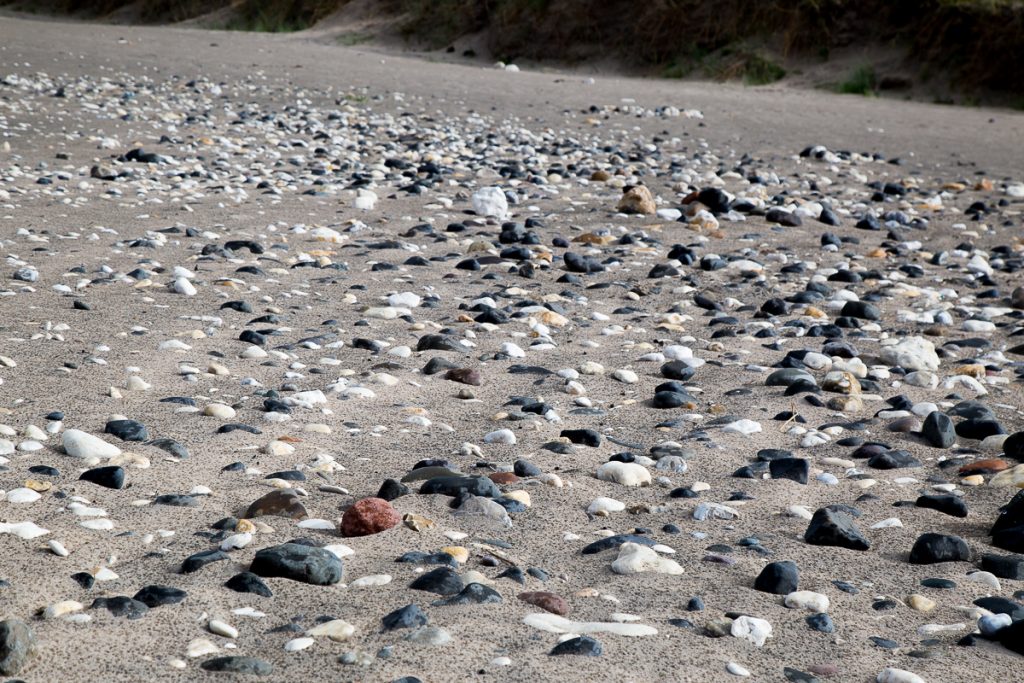
I visited White Park Bay with my friend Maura Brooks who lives in County Tyrone. I was telling Maura about a tradition I started with my twin granddaughters since I travel so much. I always bring each of them a heart-shaped stones from wherever I’ve gone. The easiest place to find them is on a beach where there is an abundance of stone.
I’m usually pretty lucky and after about a half hour to an hour I’ll be able to find two that resemble a heart shape. If I’m with my husband, he’ll help and we both look. So I asked Maura to help me look at White Park. Within minutes after beginning the search I found a perfectly shaped heart stone. Then another. Then a third. It was crazy. The hearts were all but jumping out of the sand. Maura found several as well. Within about 10 minutes we found eight heart-shaped stones and two feathers.
In the Celtic tradition, feathers a symbolic of knowledge from the celestial realm. Egyptians, Europeans, the Nordic people and First Nation people in the Americas all shared a similar interpretation of feather symbolism and used feathers as ornaments in ritual dress and practice. Basically, feathers symbolize the connection between the heavenly world and the physical world.
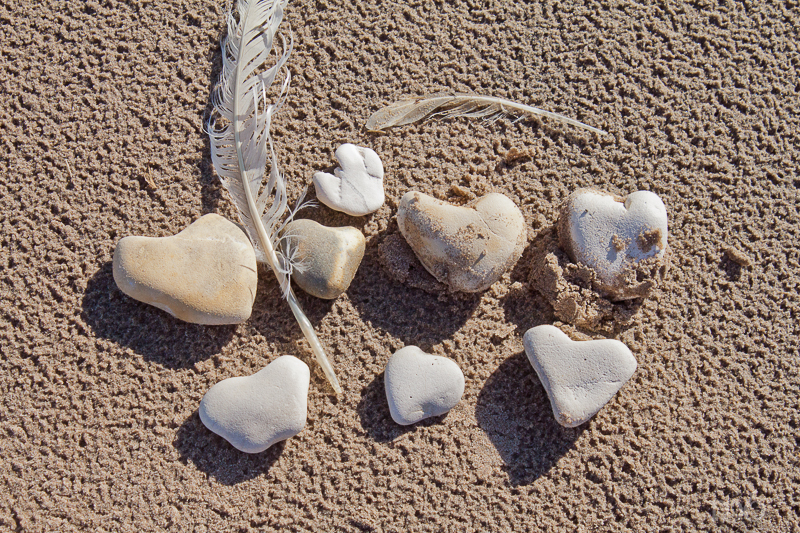
Hearts at White Park Bay
First the singing sand, then the stones with faces, and now the hearts finding us. This was a magical place.
Touching the Other Side at White Park Bay
My friend Maura is a psychic and a medium. When we first walked out onto the beach there was a large stone with a child’s shoe on it. I assumed someone found it and set it on the stone in case a parent came back looking for a lost shoe.
When we left White Park Bay and climbed the stairs that led back to the car park, we noticed a bench that visitors could sit on and look out across the beach and sea. It was almost at the very top of the cliff. The panoramic views from there were awesome. It was an amazingly peaceful setting.
I sat down on the bench, then we both noticed that just in front of the bench were wilted a cluster of wilted lilies.
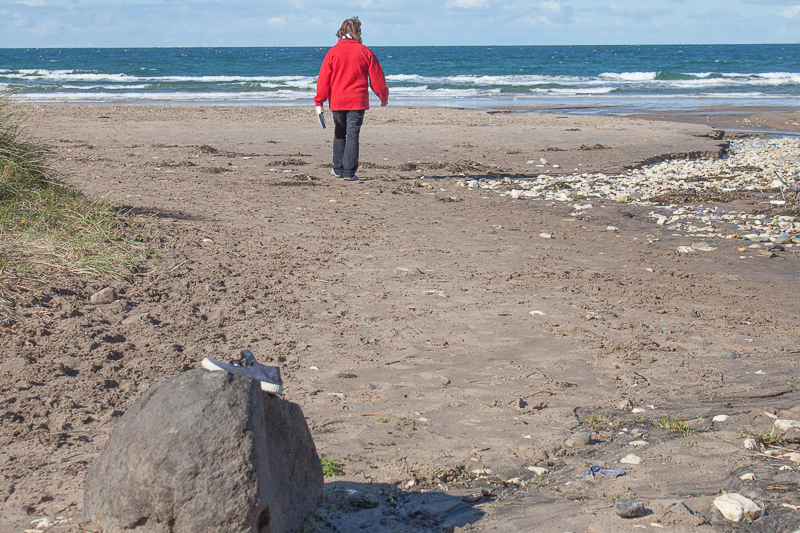
Then Maura heard the words “Good-bye, little one.” She sensed that the shoe belonged to a child who died and the parents placed the shoe on the stone and then released the child’s ashes over the cliff in front of this bench – and then left the lilies as a symbol of remembrance.
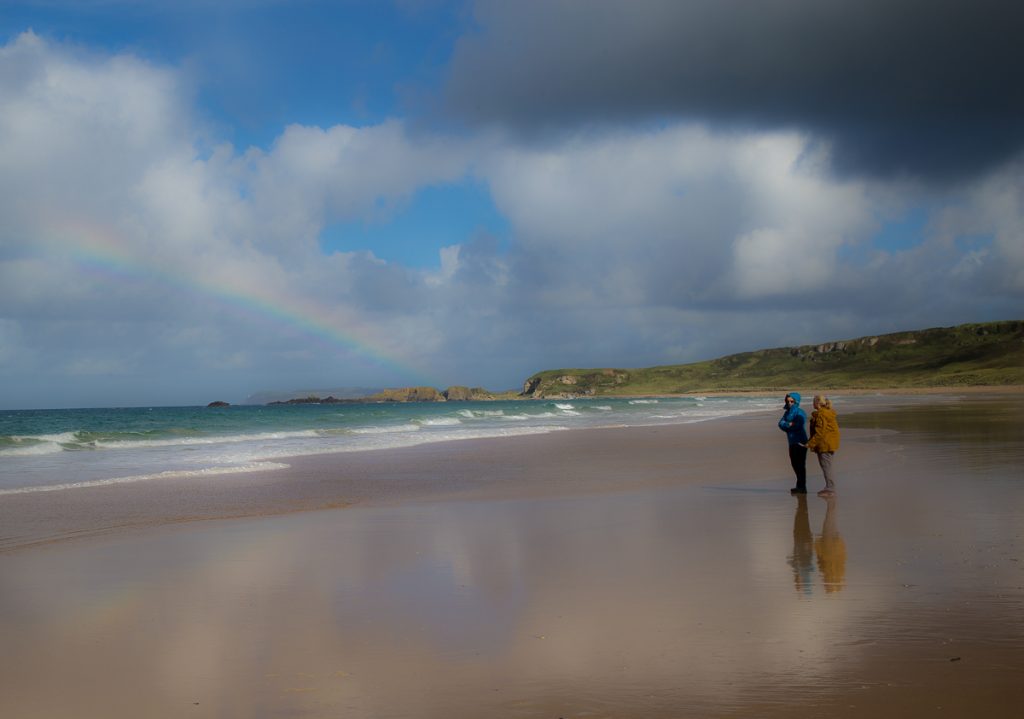
Walking the beach in September – White Park Bay
White Park Bay is a secluded beach in a pristine setting that is worth seeing if just for the stunning beauty of the Antrim Coast. But if your senses are keen and you open yourself to the eternal world, White Park Bay is one of those rare, thin places where it’s possible to walk in both worlds simultaneously.
White Park Bay is on the Discover the North Ireland Tour .
Discover the North Tour 2016 Begins with the Blessing of St. Brigid

Statue of St. Brigid at Tobar Bride – St. Brigid’s Holy Well in Kildare
The 2016 Discover the North tour started in Dublin today as our 18 guests arrived at Dublin Airport from many parts of United States and Canada. One of our favorite places to take guests on the first day is to Solas Bhride – a center in Kildare run by Brigidine sisters who provide a warm welcome and the blessing of St. Brigid.

Sr. Phil talks about the tradition of the St. Brigid’s Cross at Solas Bhride
Our guests gathered for the first time as a group today at 1pm for a short meeting. Then we boarded our bus in the rain. It was a damp, dreary day. But the dismal atmosphere lifted when Sister Phil and Sister Mary met at the door of this Christian spirituality center that welcomes people of all faiths and of no faith within the context of the Solas Bhride vision to unfold the legacy of St. Brigid and its relevance for our time.

Sr. Phil weaves a St. Brigid’s Cross – Solas Bhride
I can’t think of a better place in Ireland for bringing people together for the first time. After a brief tour of the center, Sister Phil arranged the group in a circle and wove a cross of St. Brigid. With each rush she wove into the cross, she asked the group what they would like to “weave” into their journey this week. As members of this newly formed tour group called out things like friendship, forgiveness, humor, love, respect, St. Phil added a rush to the cross – each rush representing a hope for the journey. At the end she presented me with the cross, and we’ll keep it on the bus in plain sight as a reminder of the blessings received at Solas Bhride…. as we move through these coming days together.

Sr Phil presents the cross to me (Mindie Burgoyne)
The traditional blessing of the St. Brigid’s Cross to be hung in the home is:
“May the blessing of God and the Trinity be on this cross, and on the home where it hangs and on everyone who looks at it”
So we’ll shift that bit and substitute the word “bus” for home and keep at a point of focus on our journey together.
After Solas Bhride (means the light of Brigid), we went around the corner to “Tobar Bride” – St. Brigid’s holy well – a site of local pilgrimage where the water from a holy well runs out to little spring that flows around a small island with a bronze statue of St. Brigid holding a crozier and a flame. (see image above) The peace is palpable in this place.

Clooties on the tree at St. Brigid’s Holy Well – Kildare
There’s a clootie tree by the well (sometimes called fairy tree or rag tree) where pilgrims leave tokens of devotion – something that represents an intention left behind. Today was an interesting array of clooties.
I still believe that every person on our thin places tour was called to that particular tour for a reason. We all have been called to be a collective part of the “whole” that will make up this tour. The first day is always a prayerful time for me. I pray everyone is blessed, inspired, enlightened and celebrated.

Part of our Discover the North 2016 tour group at the welcome dinner in Dublin
So Dan and I welcome you all – Julie, Suzanne, Karen, Richard, Cheryl, Don, Tricia, Anita, Marianne, Kathy, Moyra, Karen, Eleanor, Sally, Jen, Ann, Ruth and Danny.
Here’s to Ireland, new friends, new discoveries and thin places.
The Dark Hedges – County Antrim
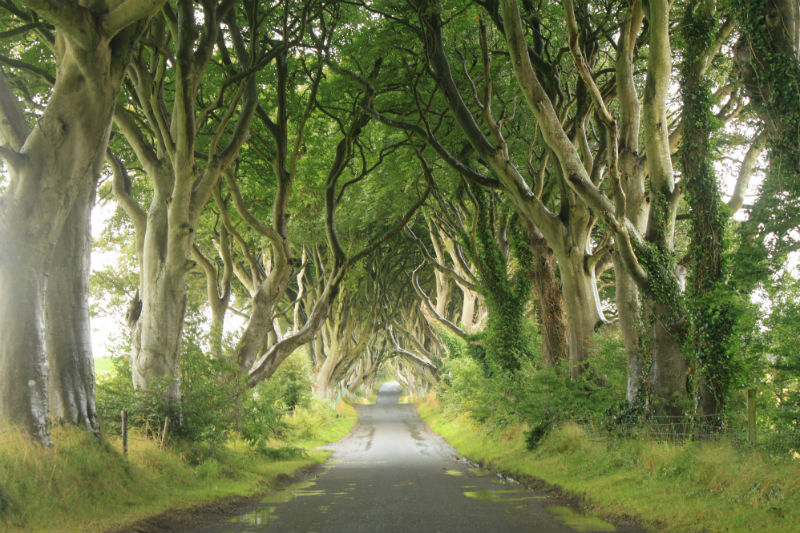 The Dark Hedges refers to an avenue of Beech trees in County Antrim. The trees are now over 200 years old and have become one of the most photographed places in all of Northern Ireland.
The Dark Hedges refers to an avenue of Beech trees in County Antrim. The trees are now over 200 years old and have become one of the most photographed places in all of Northern Ireland.
Planted by the Stuart Family
The trees were planted by the James Stuart, a preacher’s son who was born nearby in 1743. John placed the trees along the drive to his new mansion as an impressive landscape feature. He named the mansion Gracehill House after his beloved wife Grace, a County Tyrone girl who was the daughter of a doctor in Stewartstown. James lived to be 81 years old and had nine children at Gracehill. Of his nine children – his second eldest, William was in the Royal Artillery and died in battle in Barbados. Margaret whose alias was “Cross Peggy” never married and lived until age 89. Elizabeth and Grace were the last two to be born, and they both died young. Gracehill is now a golf course with the manor house as a feature, and the drive is now a public road making the Dark Hedges accessible to photographers and visitors who want to see these amazing trees with their tangled, silvery branches. 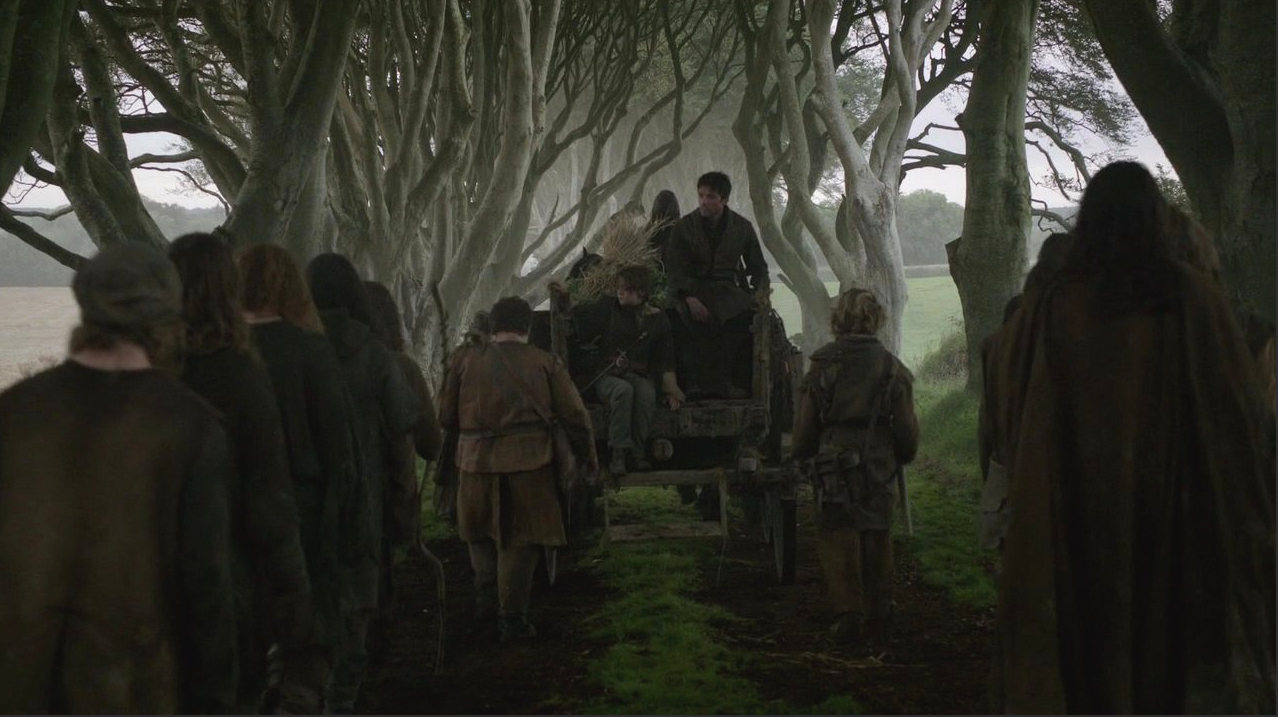
Game of Thrones Connection
The Dark Hedges were also featured in the mini-series Game of Thrones. During the first episode of season two “On the Kings Road” Aya Stark has dressed herself as a boy and escaped Kings Landing. She and others travel the King’s Road to join the Night Watch.
The Grey Lady – Dark Hedges Ghost Story
The Dark Hedges has a ghost story associated with a character referred to only as “the Gray Lady.” At twilight she said to float in and out of the hedges, moving quickly almost as fast as the cars. She’s seen as a shadow – or as a transparent figure – visible to passers-by. She vanishes once the traveler has passed the last beech tree. Some say she’s a spirit from a nearby abandoned graveyard, unrestful now that she’s fallen into the ranks of the unremembered dead. Some say on Halloween night other spirits from that same grave yard join her on her at the Dark Hedges. Me? My money is on it being “Cross Peggy” Stuart, daughter of James Stuart (the builder of the house and the one who planted the trees). Her name appears in several genealogy lists as Margaret “Cross Peggy” Stuart. No explanation. Just the nick-name. That’s reason enough for me. There’s the obvious unanswered question that today’s living want to know. Why were you called “Cross Peggy?”
Close to the Antrim Coast
A bad storm knocked down a few of the beautiful trees this past year, but the grove of beaches and their eerie canopy is still worth seeing and photographing. Regardless of the legends and the ghost story, the Dark Hedges is a worthy side trip for anyone traveling to the Antrim Coast. Perhaps it’s the energy given off by the trees, but there’s a definite thinness about the place. Because it’s close to the Antrim Highway, it’s easy to access for those who are in the area visiting the sites along the coast.
The Dark Hedges is on our Discover the North tour of Ireland.
Best Ireland Road Maps for USA Travelers – VIDEO
Every tourist should have a map of Ireland even if he or she is on a coach tour. A map offers two purposes that enhance the traveling experience.
In this video, Mindie Burgoyne gives advice on choosing the best map for your Ireland trip.
- Planning – You need a map to either plan whether you’re doing a self-drive trip to Ireland or joining a trip with a pre-planned itinerary. Getting the geographic perspective before you go is so important to the overall travel experience.
- Understanding the geographic perspective once you’re in Ireland. Being able to know where you are and where you’re going enriches the travel experience and helps you to remember more.
Don’t get a road map to help you navigate a self-drive tour. Rent a “Sat-nav” known by us in the States as a GPS. They are invaluable for out-of-country drivers.
Top 3 Ireland Road Map Recommendations:
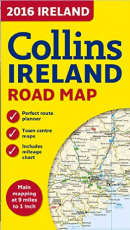 |
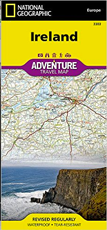 |
 |
| Collins Map of Ireland | NatGeo Adventure Map | MapEasy’s Guide |
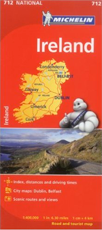 |
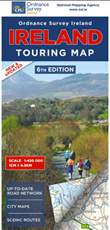 |
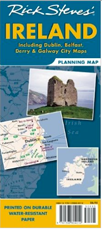 |
| Michelin Map of Ireland | OSI Touring Map | Rick Steves Planning Map |
Visit the Thin Places YouTube Channel
Top Books to Read on Southwestern Ireland
Here is a list books I found helpful in giving a good overall background of the southwestern region or understanding the sites we’ll be traveling to on the Places of Resurrection tour. Some of them are specifically targeted at mindful travel, making the most of traveling to thin places.
Preparing for Travel to Thin Places
A visit to a mystical site is powerful whether or not you have any understanding of the history or legends associated with that site. But the more understanding you have about a site or about the landscape, the greater the possibility for inner transformation.
Prepare by growing your understanding of earth energy, ancient local traditions and the people of the place and you will be less curious about the facts associated with the site, and more able to absorb the power each site generates. These books are simply suggestions that might help you prepare.
Before you Go – Mindful Travel
Every Ancient, Ever New, by Dolores Whelan – This is a short book with a little over 100 pages, but Dolores gives a solid perspective on how to use the understanding of ancient Celtic traditions to create a new way of seeing the world – of being in the world. This is one of the best books for understanding thin places and what they mean today.
NOTE: The price for this book on Amazon.com fluctuates based on their ability to get the inventory from Ireland. So try ordering directly from Dolores Whalen’s website ($23) of the Amazon price is high.
Ley Lines and Earth Energies, by David Cowan & Chris Arnold – This was the first book I read about the concept of earth energies and how the ancients may have been able to sense those pulsating movements when they built their stone circles, passage tombs and other monuments. We will be doing some dowsing on our tour, so an understanding of this concept will be very helpful.
Awakening to the Spirit World, by Sandra Ingerman & Hank Wesselman – This is one of the best and simplest books on understanding Shamanism and Shamanic practices, which are a way to “journey” to otherworlds in order to gain wisdom. It’s a great primer for understanding the “otherworld” concept and being sensitive to other realms as you move through thin places.
Walking With the Sin Eater, by Ross Heaven – This is a might lighter look at Shamanism and can be read in a few hours. It’s set as a personal memoir of journeying, but reveals some great truths about earth energies and spiritual transformation through journeying.
Region Specific
These books, written by local Irish and travelers to Ireland reveal the hidden landscape, culture, history, folklore and traditions of places in the southwest particularly Dingle, the Aran Island and the Beara Peninsula.
DINGLE
Peig, by Peig Sayers – This is out of print, but you can get used ones from Amazon for a good price. It’s an autobiographical account of a woman who grew on the Dingle peninsula in the early 20th century, but married and moved to the Great Blasket Island and lived a hard life. She only spoke Irish dictated her life’s story to her son who wrote down. It was later translated and is now considered one of the great publications in Irish literature. It also gives insight into the culture and landscape of Dingle, the Blaskets and southwest Ireland in general and the harsh life that formed much of the Irish perspective that we see today.
Twenty Years A-Growing, by Maurice O’Sullivan – First published in 1933, this book, like Pieg is a memoir of O’Sullivan’s life on the great Blasket Island. But this book has a much livelier slant. It’s rich in storytelling, folklore of the southwestern region, and impeccable at describing the landscape and our connection to it.
Climbing Brandon, by Chet Raymo – Raymo is a science writer out of Boston who spent summers on the Dingle. He writes about the holy mountain on Dingle named for St. Brendan the Navigator. His eloquent writing style alone makes the book worth the read, but he gives great insights on the Dingle Peninsula, its legends, culture and the conundrum of making sense of religion with such a strong background in science. His perspective is “in the portal between knowledge and mystery, between the commonplace and the divine.”
THE BEARA PENINSULA
At the Edge of Ireland, by David Yeadon – A travel writer’s perspective of the Beara Peninsula, which is the least traveled of all the southwestern peninsulas. Yeadon and his wife spent time on the Beara and he wrote a funny account of that travel which encompasses everything that is the Beara Peninsula – the villages, the ancient megaliths, the mountains, culture, music, bar scene and more. It’s a comprehensive view of what Leon Uris called “the Terrible Beauty.”
McCarthy’s Bar, by Pete McCarthy – a very fun book written by travel and screen writer Pete McCarthy who traveled from the west coast of Ireland from Cork to Donegal obeying one rule of travel – “Never pass a bar with your name on in.” The cover of this bestselling book shows McCarthy’s Bar in Castletownbere on the Beara. Lots of humor. An entertaining read that reveals the magic of Ireland and its people, but also a good account of the Beara Peninsula and the southwest coast.
THE ARAN ISLANDS
The Aran Islands, by John Millington Synge – Between 1898 and 1901, the great Irish literary figure, John M. Synge traveled to the Aran Islands to observe the landscape and culture of the islanders. This short, little book is a beautiful account of the old folklore, language and traditions that were once at the heart of all of Ireland. One can get a good sense of the Aran Island landscape and people – even the Aran of today by reading this book.
IRELAND IN GENERAL
Legendary Ireland, by Eithne Massey – This book focuses on the myths and legends of Ireland that are associated with places. While several of the sites listed such as the Hag of Beara and Áine of Knockainey but the book itself gives an understanding of how the Irish linked the landscape to the stories, and their perception of a mystical chord that knits that mystical world of myths and legends to our present world.
Let us know your favorite books that reveal the mystical nature of Ireland’s southwestern region including counties Cork, Kerry, Clare and Galway. Put your thoughts in the comments.
Images in the Landscape Tour
The Images in the Landscape tour of thin places in the West of Ireland starts in two days, but the complete journey includes the anticipation that comes before travel when we imagine the journey.
So according to that understanding I am already traveling because I’m full of anticipation.
In 2012, I guided a small group of guests on a 10-day thin places tour in the West of Ireland. One of our stops was Coole Park, the home of Lady Augusta Gregory. She and William Butler Yeats and several others were behind much of the Irish Literary Revival in the early twentieth century. Her manor house is gone now, but the grounds, which include formal gardens, a lake and seven woodlands still appear much as they did when she was there overseeing them.
In 1931 Lady Gregory wrote about the grounds around her home:
“These woods have been well loved, well tended by some who came before me, and my affection has been no less than theirs. The generations of trees have been my care, my comforters. Their companionship has often brought me peace.”
As my tour group entered Coole Park, I overheard a park guide addressing a group of tourists. He said, “You have all now just become an image in an ancient landscape.” I thought about the phrase as I continued to walk. Later, that same phrase became a powerful meditation mantra for me.
How many ancient landscapes do we walk through in this life? And how many times are we are reflective enough to connect with them … to become a part of them … to sense the past that swirls around us?
Claiming that Space Between the Inner and Outer Ancient Landscapes
Since that walk in Coole Park three years ago, I’ve led four group tours to Ireland’s thin places, and today I am getting ready to do another, and we’ll be cycling back to Coole Park. The name for this tour is Images in the Landscape. So now …. a phrase dropped by a tour guide in one little slip of a moment will set the tone for the traveling experience of eighteen people.
We will be visiting Coole Park and its ancient landscape that is reminiscent of when Ireland was covered with hardwoods and deep forests, but we’ll also visit the Burren and its sweeping moonscape of rock and megaliths. We’ll journey out into Lough Corrib, a lake named for the mythical Lord of the Sea. And we’ll land on Inchagoil – Lough Corrib’s most famous island. Inchagoil takes its name from the old Irish words for “Island of the stranger” memorializing a devout man who once lived there.
We’ll wind our way through Connemara and absorb that awesome light while following one of Ireland’s most renowned archeologists, Michael Gibbons on a private tour of Connemara’s hidden landscape. Then we’ll head for Crough Patrick – the holy mountain in County Mayo, and the ruins of Murrisk Abbey at the foot of the mountain. We’ll visit Achill Island, sitting atop a bedrock of amethyst. The island radiates a healing energy while it hypnotizes visitors with its scenic coastline. We’ll walk through the Bricklieve mountains and explore a cluster of passage tombs that pre-date the pyramids of Giza. And we’ll stand on the ancient Hill of Uisneach in the mystical center of Ireland and feel the pull of the magnetic energy there.
The Journey Begins with Anticipation
The journey does not begin when we first arrive at the intended destination. It begins with the anticipation of what will come, of what we will see and learn and experience. Part of that is also worry and fear of the unknown. Travel can be unsettling for some. In looking forward to a journey, we wonder who we will meet, what challenges we’ll face, how we’ll feel once we get there and what the pleasant surprises will be. All of the forethought is part of the journey experience.
The first step in travel – we imagine the journey.
The key learning experiences – the crux of the travel story – the high impact part of the journey – the things that change us are all held in the difference between how we imagine the journey and what the journey actually is. Those differences teach us and change us. Our best memories will be embedded in those differences.
I’m Imagining This Journey
Today I imagine meeting sixteen new friends, and I expect I’ll be changed just a little by each one of them. I look forward to walking up the Hill of Uisneach and touching the Cat Stone and surveying six counties from the summit and feeling that sense of coming home. I’m excited about meeting Michael Gibbons and seeing Connemara through his eyes. I imagine all of things he’ll teach us as we walk that ancient landscape with him. I imagine Inchagoil – and its ruins … and the presence that those ruins still cling to. That will be a new site for me.
I also worry. Worrying about travel is also part of the anticipation. Will the guests get along? Will it rain too much? Will the some of the walking be too difficult for our guests – and how will we handle that? Will the hotels have everything in order? Will I remember everything?
The West of Ireland is Magical
Despite my worries, I know that the “Wow!” moments for the guests on this trip will be remarkable. They’ll never forget the Hill of Uisneach. They’ll be stunned by the raw beauty of Achill Island. They’ll learn so much from our three local guides, Tony Kirby, Michael Gibbons and Mike Croghan. And besides that… I believe no one can drive through Connemara and not be changed. It’s like walking through fairy dust. You’re journeying through several worlds there. So I rest a little knowing that the magical western landscape of Ireland in itself is a jewel that embeds itself in every traveler.
I pray for blessings on Terri, Bob, Linda, Gloria, Bev, Lea, Jim, Maril, John, Karen, Ed, Mary, BJ, Meredith, Bonnie and Renee and safe travel. I pray that John, my excellent coach driver and I will be good leaders and sensitive guides and that on September 20th when this tour is over, our imagined journey will be magnified and expanded by our actual journey and that we will all move forward together.
St. Gobnait’s Holy Well – Ballyvourney
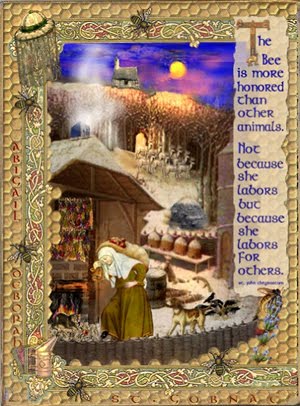
St. Gobnait – image by Patricia Banker
In the early 6th century when Gobnait fled her home in County Clare, she went to Inis Oírr. We don’t know why she fled, only that she believed she would find refuge in the Aran Islands.
Legend states that an angel appeared to her there and told her that her place was not on Inis Oírr, and instructed Gobnait to go on a journey – to seek her true place of resurrection. “Go until you find nine white deer grazing” the angel told her. “It is there that you will find your place of resurrection.”
So Gobnait wandered about the southern coastal counties of Ireland – Waterford, Cork and Kerry – searching.
She saw three white deer in Clondrohid and followed them to Ballymakeera where she saw six more. But it wasn’t until she came to Ballyvourney to a small rise overlooking the River Sullane that she saw the nine white deer all together – grazing … just as the angel from Inis Oírr had prophesied.
She crossed the river and settled there. She founded a religious community for women, performed memorable – some say miraculous works, and it was there she died and was buried.
Thin Places Mystical Tour
St. Gobnait’s shrine and holy well are stops on our Places of Resurrection tour .
DEVOTION TO ST. GOBNAIT
February 11th is St. Gobnait’s feast day -the day her memorable life is celebrated. She is one of the few Irish saints that is not only remembered in her native region, but has been proclaimed by the Irish bishops to be a national saint. There are shrines and places of devotion to St. Gobnait in all the places she is believed to have stopped on her journey – including Inis Oírr. But Ballyvourney, where she carried out most of her ministry, is the place that draws the greatest number of pilgrims devoted to this saint.
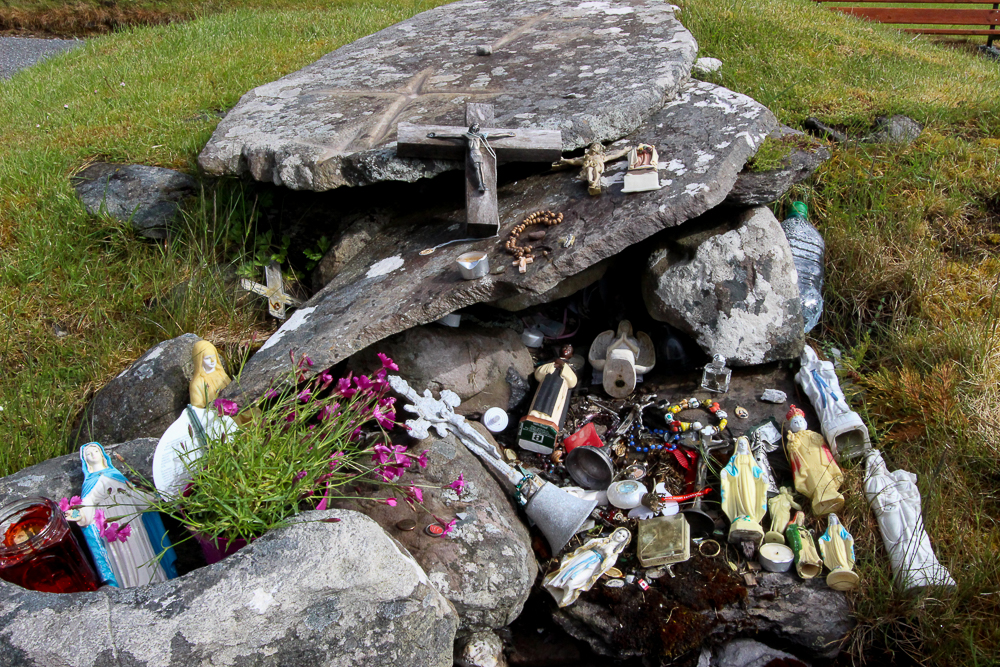
Today there is an active church on the former monastic site. St. Gobnait’s grave and marked spots around the churchyard are places where pilgrims pause for devotion and reflection. It is here that they can do the “rounds” or turas, always moving in a clockwise direction – a tradition that has pagan roots.
One of the strongest mystical draws on this site is St. Gobnait’s Holy Well, with its arched entryway that takes the pilgrim into a deeply shaded path. Just next to the well is a sturdy tree, and hanging from it are hundreds of tokens or clooties that have been placed there by pilgrims hoping to leave behind a part of themselves or loved on in need of healing. There are taps and cups available for drinking from the well or for pouring into personal vessels to take holy well water home.
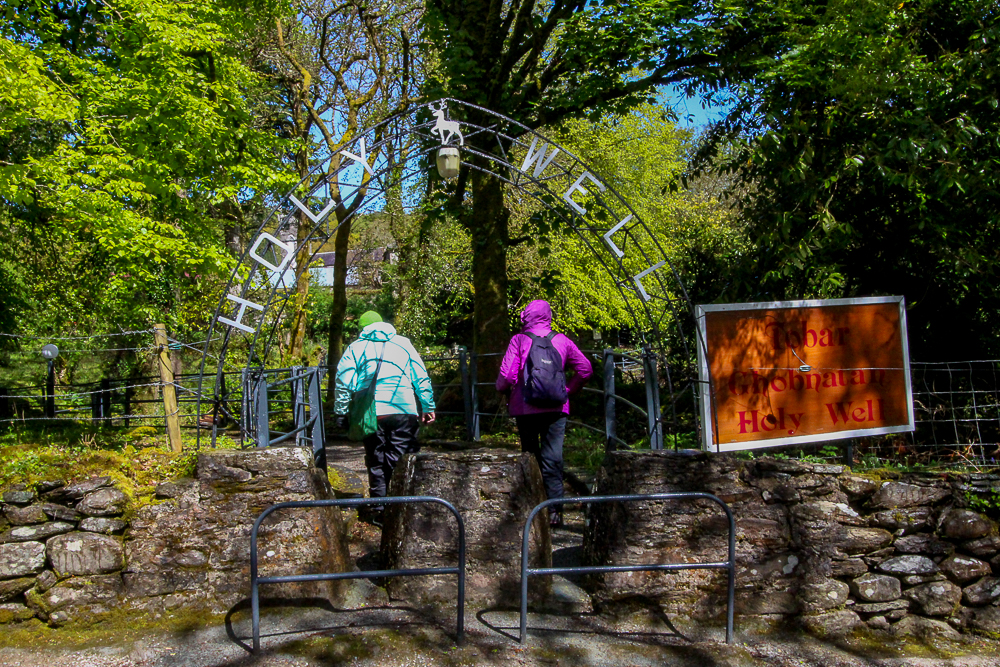
Entrance to St. Gobnait’s Holy Well
St. Gobnait was best known for her care of the sick. There is a legend that tells of her staving off the plague from Ballyvourney by drawing a line in sand with a stick and declaring the village “consecrated ground.” Inside the church today, there is a medieval (possibly 13th century) figure of St. Gobnait which is kept in a drawer. Every year on her feast day, the parish priest brings out the figure to celebrate a devotional tradition. He holds up the ancient figure and the faithful each step forward with a piece of ribbon. They hold the ribbon up and measure it against the length and around the circumference of the figure, then take it home as a blessed relic used for healing or further devotion.
A tall statue of St. Gobnait that was erected in the 1950s stands near the monastic site. She appears with a nun’s habit standing on a bee hive surrounded by bees. Gobnait is the patron saint of bee keepers, and there are several legends recalling Gobnait forcing invaders out of Ballyvourney by setting swarms of bees upon them. It’s probable that Gobnait had a close relationship with bees and used honey in healing efforts.
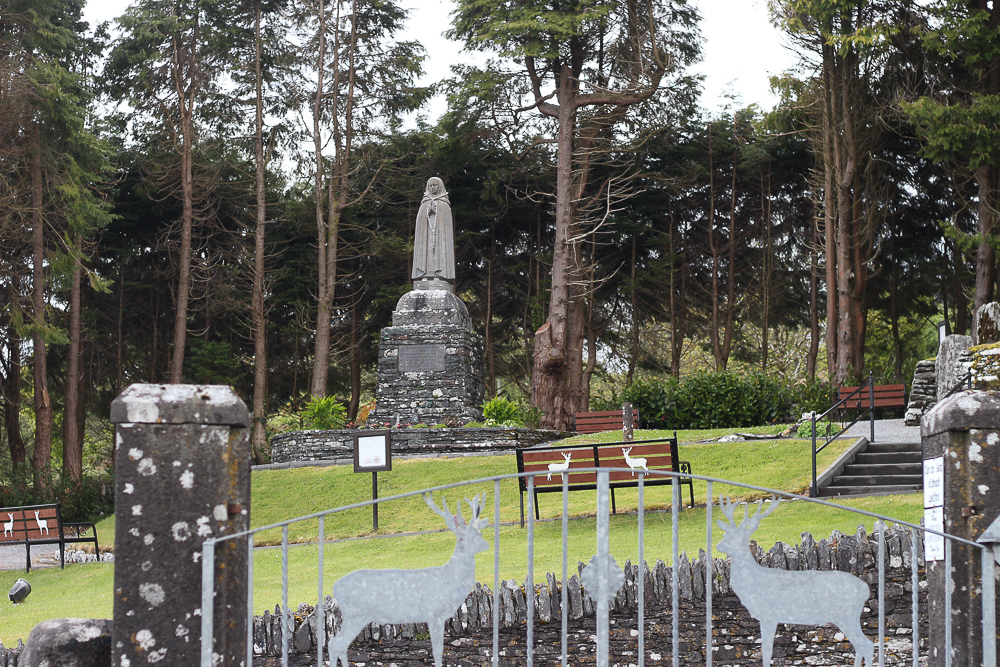
Statue of St. Gobnait at Ballyvourney
PLACE OF RESURRECTION
Dan and I visited St. Gobnait’s monastic site many years ago. It is indeed, a thin place. The stories of St. Gobnait specifically mention a “place of resurrection.” I heard Dara Molloy use this phrase when referring to his home on Inis Mór and have seen a few authors reference the phrase. But regarding thin places … a place of resurrection is the pinnacle – that place where one’s spirit is totally whole, at home, with no longing or yearning to be anywhere else. A place of resurrection is not only the place where one’s spirit will resurrect from its lifeless body upon death, but also the place where that spirit is most alive inside the living body. And I believe that a place of resurrection is the spiritual home where one is most completely alive and able to create, to discern, to prophesy … to be wise.
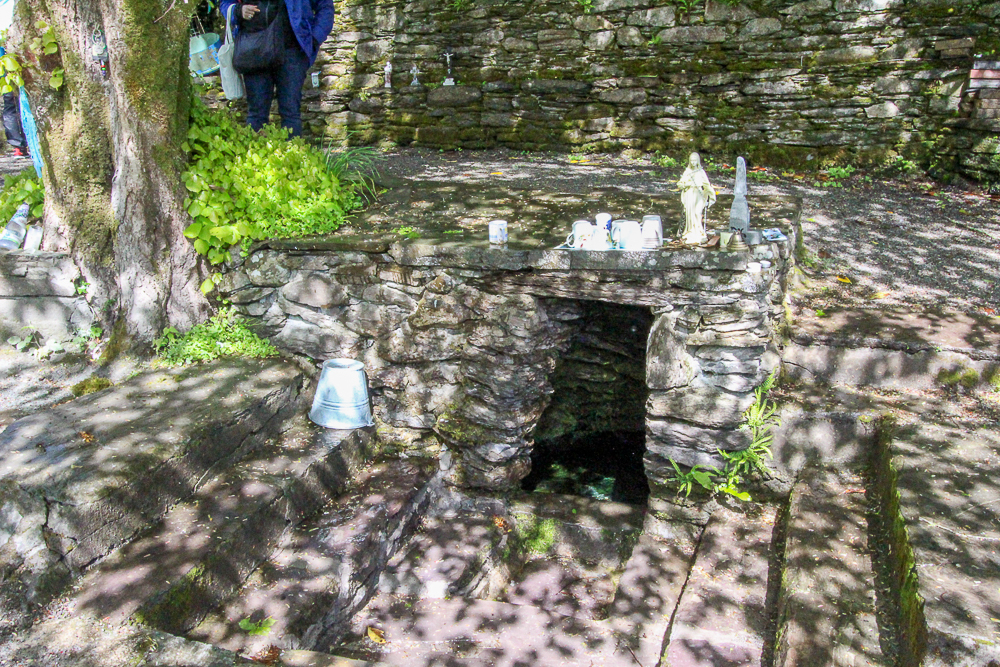
Tree at St. Gobnait’s Holy Well – Ballyvourney, Co. Cork
The connection between the eternal world and the physical is nearly unidentifiable in a place of resurrection – as they are knitted together in an inextricable pattern where neither can be separated from the other. The place of resurrection then is unto itself the combination of both worlds particularly suited to that specific spirit. … and Ballyvourney was St. Gobnait’s place.
What is yours?
Image of St. Gobnait courtesy of Patricia Banker; Copyright by Patricia Banker, All Rights Reserved. Used With Permission.
More Books to Read Before Travel to Ireland
Here are more books to read before you travel to Ireland. This is the second post in a series and picks up from the first batch of book suggestions. These books will help you understand the Irish culture, history and landscape. They are especially helpful in discovering more about Irish mythology and the sacred landscape.
Ireland by Frank Delaney
In the winter of 1951, a storyteller, the last practitioner of an honored, centuries-old tradition, arrives at the home of nine-year-old Ronan O’Mara in the Irish countryside. For three wonderful evenings, the old gentleman enthralls his assembled local audience with narratives of foolish kings, fabled saints, and Ireland’s enduring accomplishments before moving on. But these nights change young Ronan forever, setting him on a years-long pursuit of the elusive, itinerant storyteller and the glorious tales that are no less than the saga of his tenacious and extraordinary isle.
Haunted Ground by Erin Hart
When farmers cutting turf in an Irish peat bog make a grisly discovery — the perfectly preserved head of a young woman with long red hair — Irish archaeologist Cormac Maguire and American pathologist Nora Gavin must use cutting-edge techniques to preserve ancient evidence. Because the bog’s watery, acidic environment prevents decay, it’s difficult to tell how long the red-haired girl has been buried — two years, two centuries, or even much longer. Who is she? The extraordinary find leads to even more disturbing puzzles.
Sheela-na-gigs: Unravelling an Enigma by Barbara Freitag
Sheela-na-gig iconic figures depicting wild women displaying their genitalia is found throughout Europe, but very prevalent in Ireland. Here Barbara Freitag examines all the literature on the subject since their discovery 160 years ago, highlighting the inconsistencies of the various interpretations in regard to origin, function and name. By considering the Sheela-na-gigs in their medieval social context, she suggests that they were folk deities with particular responsibility for assistance in childbirth.
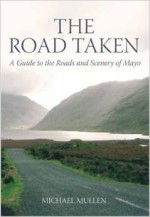 The Road Taken: A Guide to the Roads and Scenery of Mayo
The Road Taken: A Guide to the Roads and Scenery of Mayo
by Michael Mullen
No one can describe the magic of thin places in County Mayo quite like Castlebar native and author, Michael Mullen. From the Nephin Beg range to Achill and the Céide Fields, this study travels through the gentle and rich landscape of Mayo. Author Michael Mullen shares his wide-ranging knowledge of the county in order to give travelers an understanding of Mayo’s rich history and varied landscapes while he guides them along its roads and through its historical and literary heritage. A driving guide, potted history, and miscellany, this is an invaluable companion for anyone wishing to explore the better and lesser-known attractions of the county and includes a beautiful selection of color photographs.
Lion of Ireland by Morgan Llywelyn
King, warrior, and lover Brian Boru was stronger, braver, and wiser than all other men-the greatest king Ireland has ever known. Out of the mists of the country’s most violent age, he merged to lead his people to the peak of their golden era.
Set against the barbaric splendors of the tenth century, this is a story rich in truth and legend-in which friends become deadly enemies, bedrooms turn into battlefields, and dreams of glory are finally fulfilled. Morgan Llywelyn has written one of the greatest novels of Irish history.
In Search of Ancient Ireland, by Carmel McCaffrey
This engaging book traces the history, archaeology, and legends of ancient Ireland from 9000 B.C., when nomadic hunter-gatherers appeared in Ireland at the end of the last Ice Age to 1167 A.D., when a Norman invasion brought the country under control of the English crown for the first time. So much of what people today accept as ancient Irish history—Celtic invaders from Euproe turning Ireland into a Celtic nation; St. Patrick driving the snakes from Ireland and converting its people to Christianity—is myth and legend with little basis in reality. The truth is more interesting. The Irish, as the authors show, are not even Celtic in an archaeological sense. And there were plenty of bishops in Ireland before a British missionary called Patrick arrived. But In Search of Ancient Ireland is not simply the story of events from long ago.
McCarthy’s Bar: A Journey of Discovery In Ireland, Pete McCarthy
Despite the many exotic places Pete McCarthy has visited, he finds that nowhere else can match the particular magic of Ireland, his mother’s homeland. In McCarthy’s Bar, his journey begins in Cork and continues along the west coast to Donegal in the north. Traveling through spectacular landscapes, but at all times obeying the rule, “never pass a bar that has your name on it,” he encounters McCarthy’s bars up and down the land, meeting fascinating people before pleading to be let out at four o’clock in the morning. Written by someone who is at once an insider and an outside, McCarthy’s Bar is a wonderfully funny and affectionate portrait of a rapidly changing country.
Read Books to Read Before You Travel to Ireland and Best Irish Guidebooks

